
You’ve talked about it.
You’ve analyzed it.
You understand why you feel the way you do—yet nothing changes.
The exhaustion lingers. The irritability, the sleeplessness, the flash of dread when the pager vibrates—it’s all still there.
If you’re a physician, this isn’t surprising.
Medicine taught you to think through everything.
When something breaks, you diagnose it.
When something fails, you troubleshoot.
When you’re hurting, you research, you reason, you push forward.
That strategy has always worked—until now.
When Thinking Stops Working
There’s a moment in almost every physician’s story when insight stops helping.
You know what’s happening. You can name it—burnout, compassion fatigue, moral injury.
You’ve read the articles, maybe even sat in therapy and said, “I understand why this is happening.”
But insight doesn’t equal integration.
You can’t talk your way out of what your body learned through experience.
The nervous system speaks a different language.
It doesn’t care about logic. It cares about safety.
How Physicians Get Stuck in the “Think-Through-It” Loop
Cognitive mastery is the currency of medicine.
You survive training by analyzing, by controlling, by predicting.
It’s how you kept patients alive—and sometimes yourself, too.
But here’s the paradox:
The same brilliance that made you a capable physician makes you a difficult patient.
You don’t dissociate by spacing out.
You dissociate by intellectualizing.
It’s an elegant defense—your mind shields you from pain by trying to understand it instead of feel it.
It works… until it doesn’t.
Soon you realize that despite your insight, your body hasn’t received the memo.
You know you’re safe, but you still startle at alarms.
You know the shift is over, but you can’t stop scanning.
You know you need rest, but your system stays braced for impact.
That’s not failure.
That’s physiology.
Why Talk Therapy Alone Often Falls Short
Traditional therapy operates primarily through the cortex—the seat of logic and language.
But trauma and chronic stress are stored subcortically—in the limbic system and body-based memory.
That’s why many physicians report, “I talked about it, but it didn’t move.”
You can understand the pattern, but you can’t access the circuitry that holds it.
According to the APA Clinical Practice Guideline for PTSD (2024), trauma-focused therapies that directly engage sensory and emotional processing—like EMDR—are among the most effective interventions for trauma and stress disorders.¹
In other words: you don’t need to explain your story more clearly.
You need to give your nervous system a way to complete what got interrupted.
EMDR: When the Brain Learns Safety Again
Eye Movement Desensitization and Reprocessing (EMDR) isn’t about talking—it’s about teaching the brain that the danger has passed.
It activates both hemispheres through bilateral stimulation, allowing traumatic material to reprocess naturally.
The result? The body stops reacting as if the threat is still happening.
For physicians, EMDR Intensives are especially effective because they’re efficient.
Three to five half-day blocks replace months of weekly sessions.
You enter focused, do the work, and leave with a nervous system that finally believes what your mind already knows: you’re safe now.
A Columbia Doctors review found that 84% of individuals with single-incident trauma reached remission after just three EMDR sessions.²
Multiple studies now replicate these results across healthcare professionals exposed to repeated trauma.³
That’s not wishful thinking—that’s evidence-based neurobiology catching up with what your body’s been asking for.
Why This Matters More in November
As the holidays approach, most of the world slows down.
Medicine speeds up.
While friends post about gratitude and family time, many of you are swapping call coverage, managing holiday admissions, or fielding flu-season surges.
You tell yourself you’ll rest in December.
You probably won’t.
That mismatch—between the cultural script of rest and the lived reality of relentless duty—intensifies moral fatigue.
And if you’re already running on fumes, that contrast can deepen the ache.
Now more than ever, you need a form of care that respects your time, your privacy, and your physiology.
Not endless talking.
Not another seminar on work-life balance.
Something that works with your brain, not against it.
You Don’t Need More Insight—You Need Integration
You’ve spent your entire career solving impossible problems.
But this isn’t one you can think through.
Healing isn’t about insight.
It’s about re-teaching the nervous system that the danger is over.
That you don’t have to stay “on.”
That you can rest without the world falling apart.
When you stop trying to solve your pain and start allowing your body to process it, something changes:
- The nightmares quiet.
- The tension eases.
- The guilt softens.
- The world becomes color again.
That’s not weakness.
That’s healing.
A Better Way to Heal
If you’ve tried to think your way out of burnout and it hasn’t worked—it’s not you.
It’s the method.
EMDR Intensives are built for physicians like you:
Discreet. Efficient. Schedule-sensitive.
No insurance trail. No weekly reschedules.
Just space—finally—to let your body finish what your brain has been narrating for years.
Because you don’t need more words.
You need resolution.
Citations
- American Psychological Association. Clinical Practice Guideline for the Treatment of PTSD in Adults (2024).
- ColumbiaDoctors. Can You Get Over Trauma with EMDR? (2023).
- Tarquinio, C. et al. (2023). EMDR for Healthcare Workers: A Systematic Review. Front Psychol, 14, 1168452.
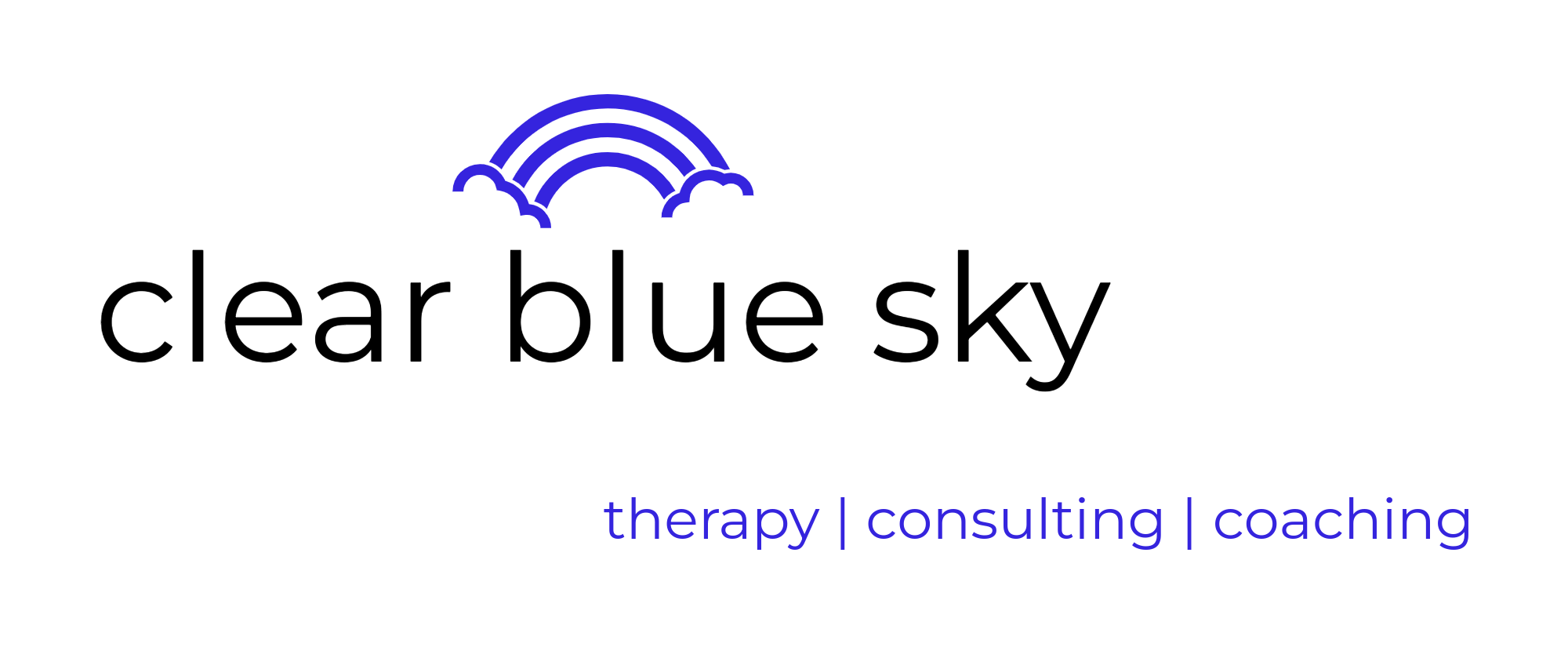






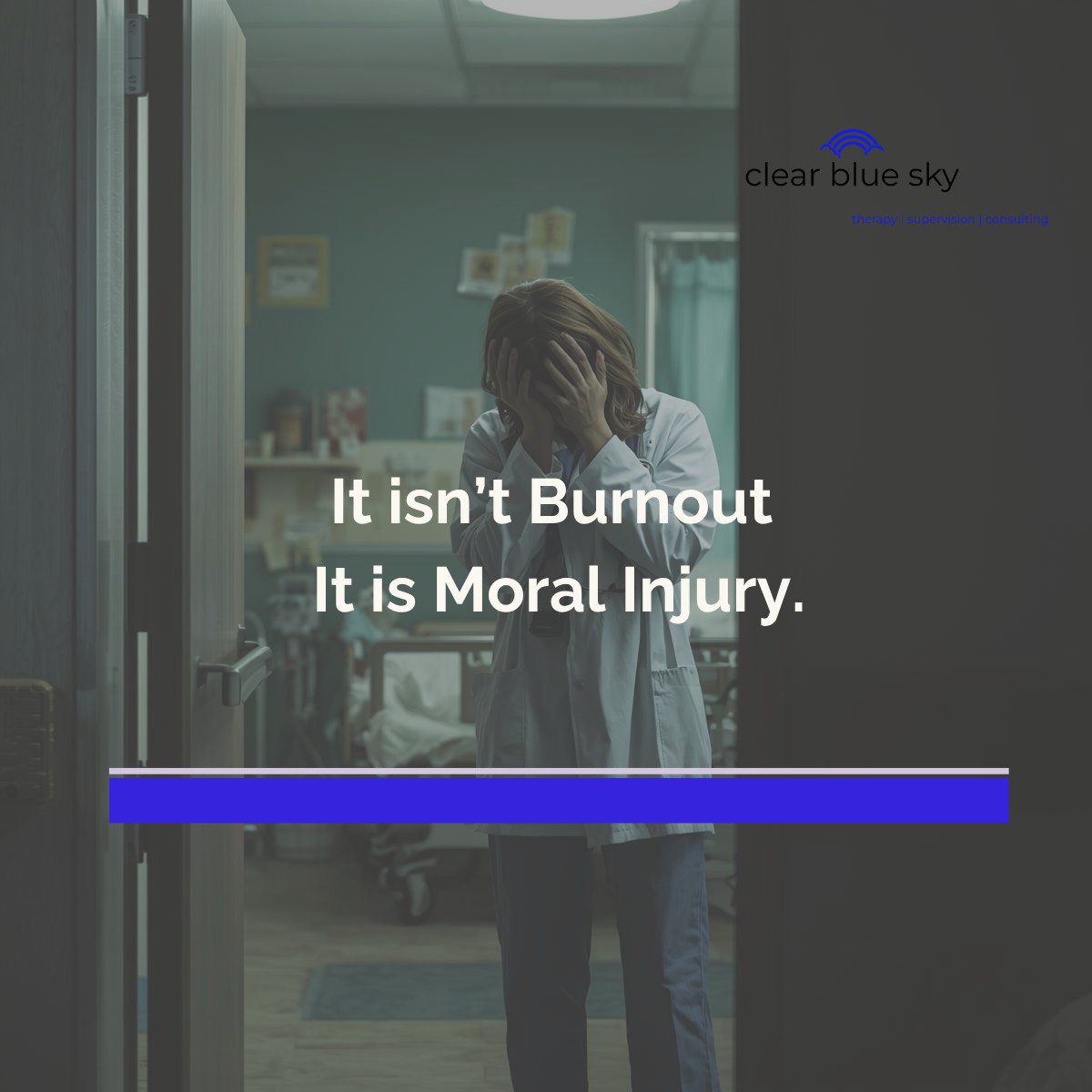
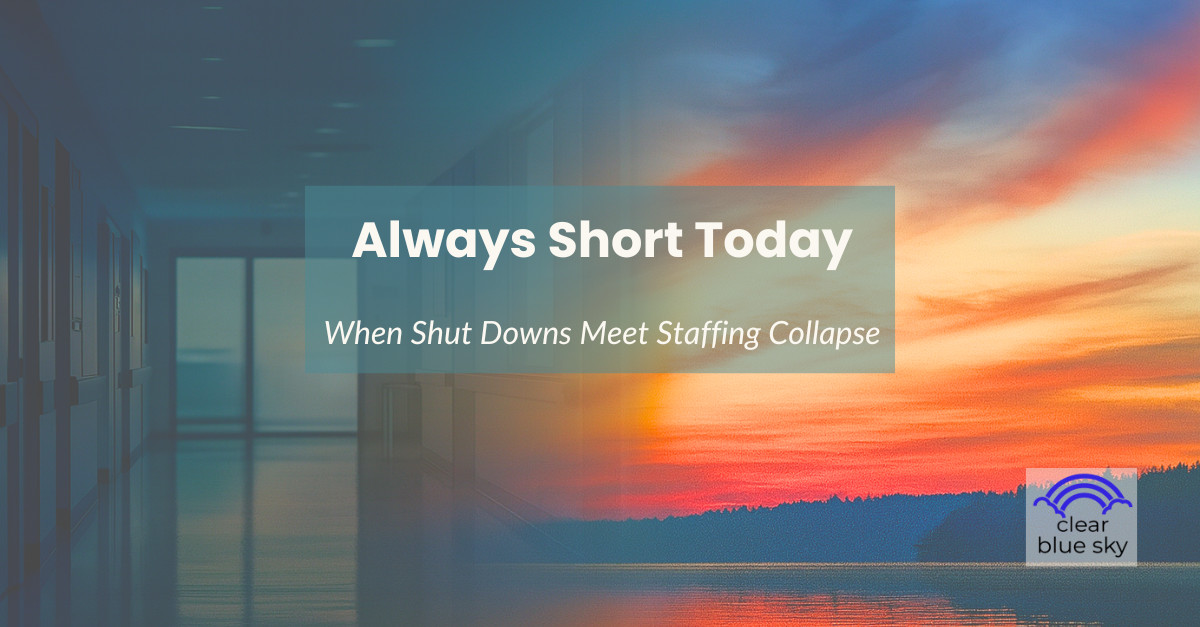
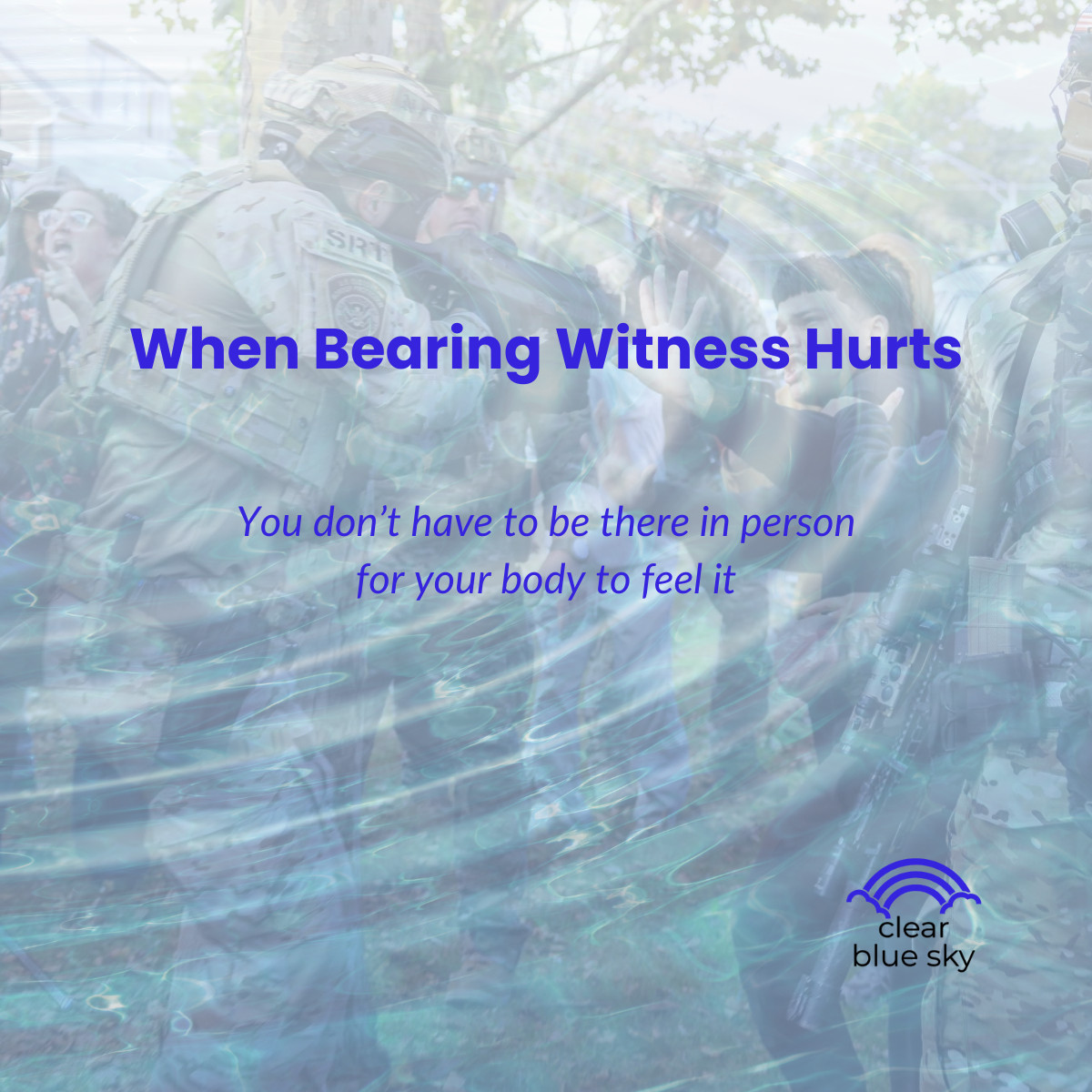
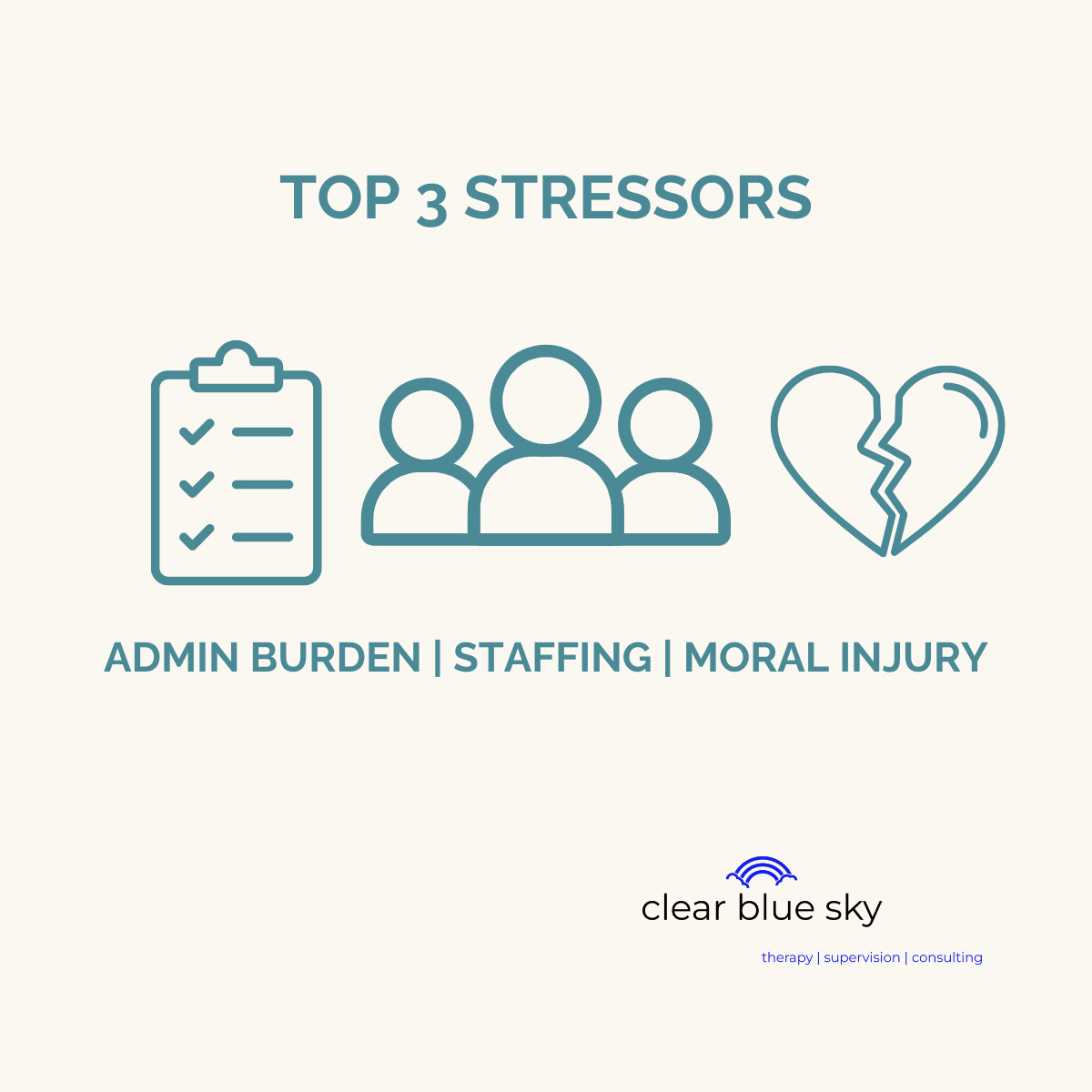




0 Comments